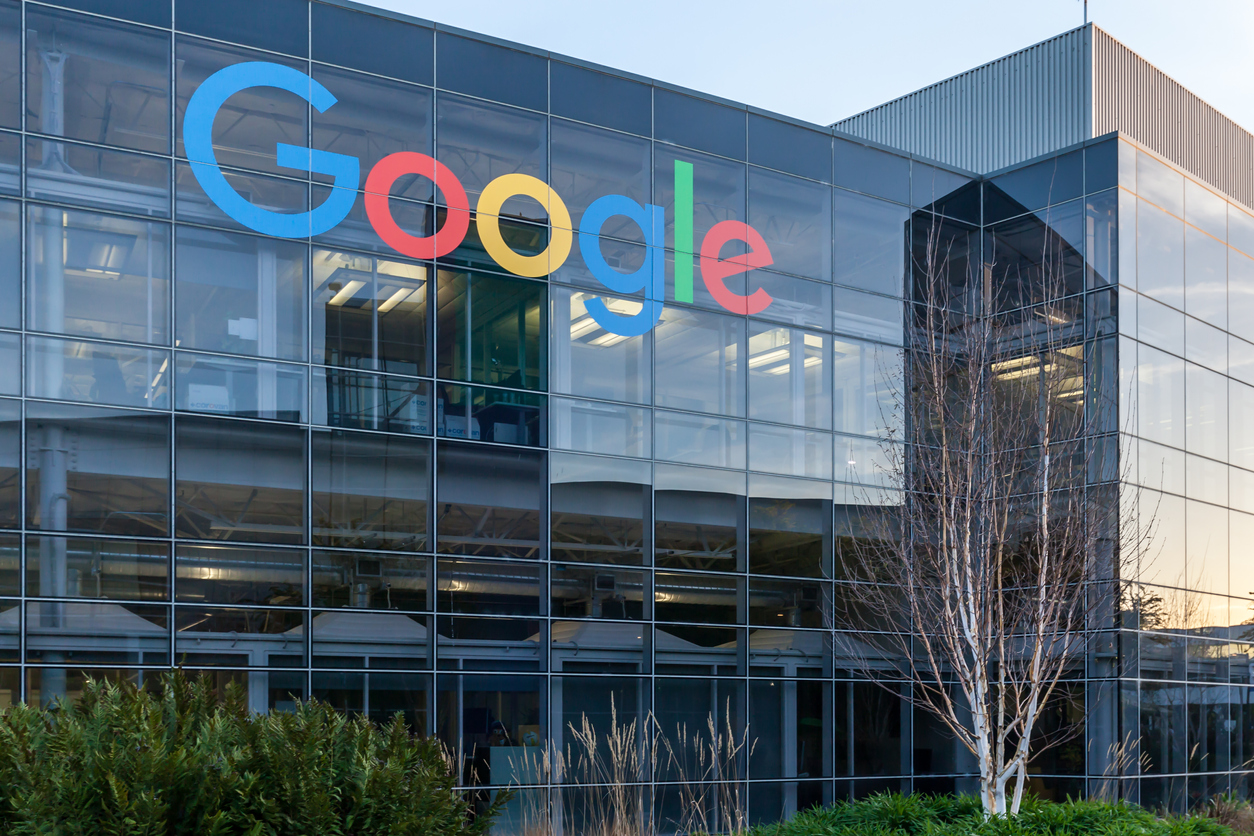
15 years ago, Google introduced the “nofollow” link attribute to help tackle unreliable links from user-generated content and comment spam. However, it quickly evolved to become Google’s recommended method for flagging sponsored or advertising-related links. Recently, the search giant has introduced some changes with regard to how publishers should mark nofollow links, bringing in additional attributes that will help Google understand the nature of those links. But, is this relevant to you? Should you be using any of these attributes? While answers are still unclear, here’s a few things that you should keep in mind when optimizing your nofollow links in 2020 and beyond.
Why Are Links Important To Your Website?
Page linking plays a vital role when it comes to increasing Google search result ranking and propelling your page into the top-ranking spot. Simply put, links are one of the many ways (keyword relevance, page quality, use of multimedia content) that help clients grow their businesses through SEO. There is a direct correlation between the quantity and/or quality of links to a site and the amount of search traffic the site receives. Links on pages determine authority, trust, and credibility.
Despite Google’s consistent use of evolving, ever-changing algorithms to determine page rankings, certain factors are crucial if anyone is looking to enhance their site’s position on SERPs. These include conversion optimization, search engine optimization and developing good content while simultaneously receiving and linking content.
A key driver of website ranking is the number of links from credible and authoritative sources to your website. Google uses links to ascertain the pages that are referenced by external domains and pointed to from within the website. It can use the links in the pages for determining the pages’ relevance to web searches among an ocean of content.
Search engines use algorithms to evaluate websites by relevance and topic. This is, then, further used to build pages in the search engine index resulting in user queries displaying the best ranking of the results. Sometimes, pages that are available on the internet may, however, still find it difficult to be listed via Google search results without optimizing links.
When web crawlers scour a large set of content, the links between the pages enable Google to source the pool of relevant results that are returned. While internal linking strengthens the search-optimized value of any website, external linking helps augment the content quality, and thus, page ranking.
Understanding the Hyperlink HTML Tag “<a>”
The HTML <a> tag is used for creating an “anchor” element which represents a hyperlink -- a link to another document. The <a> tag can be used to link images or text, and also a large block of content containing multiple elements. It is written as <a href=” “></a> with the linked URL between the quotes of the href attribute and the text the user sees -- the anchor text. 
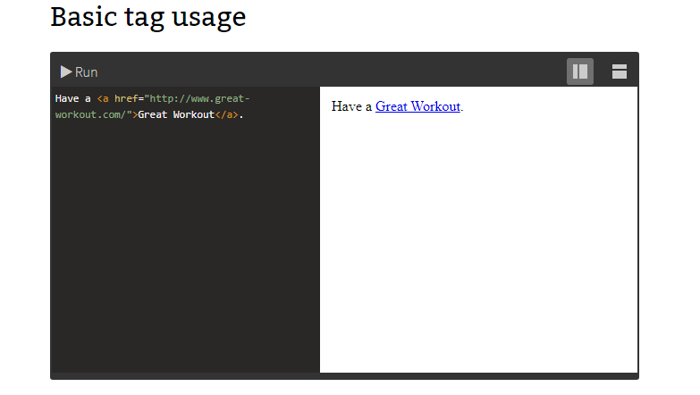
While the <a> tag could either be a hyperlink or an anchor in HTML 4.01, it is always a hyperlink in HTML 5. However, if it has no href attribute, it only functions as a placeholder for a hyperlink. The href attribute is key to the link’s description and, by default, links will appear in browsers as follows:
- An unvisited link is blue and underlined
- A visited link is purple and underlined
- An active link is red and underlined
The various element-specific attributes are:
- “target” - To be used only when the href attribute is present, determines the target frame to load the page into. The possible values would be _blank, _self, _top, _parent or any string with at least a character that doesn’t start with U+005F LOW LINE character.
- “download” - Implies that the link is to be used for downloading any resource like a file.
- “rel” - To be used only when the href attribute is present, determines the relationship between the current document and the destination URL. For this, the multiple values would be:
- ‘alternate’, which provides alternate representations of the present document.
- ‘author’, which offers a link to the present document’s author
- ‘bookmark’, which provides the permalink for the nearest ancestor section
- ‘help’, which offers a link to context-sensitive help
- ‘license’, which indicates that the main content is covered by the copyright license described by the referenced document
- ‘next’, which indicates that the referenced document is the next document in a series of which the current document is also a part
- ‘nofollow’, which is often used to declare paid links to search engines, it also implies the document’s original author does not endorse the referenced document (pictured below)
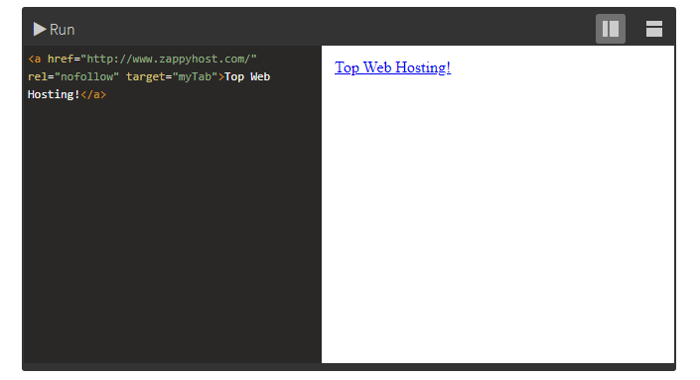
- ‘noreferrer’, which requires the user to not send an HTTP Referer header if the user follows the hyperlink
- ‘prefetch’, which specifies the target resource should be cached
- ‘prev’, which implies that the referenced document is the previous document in a series of which the current document is also a part
- ‘search’, which provides a link to a resource that can be used to search through the document and its related pages.
- ‘tag’, which offers a tag that applies to the document.
- “hreflang” - To be used only when the href attribute is present; it is the language code of the destination URL.
- “type” - To be used only when the href attribute is present; it specifies the MIME type of the linked resource.
The <a> tag also has various global and event handler content attributes that can be used with all other HTML tags as well.
What Is The Difference Between Nofollow And Dofollow Links?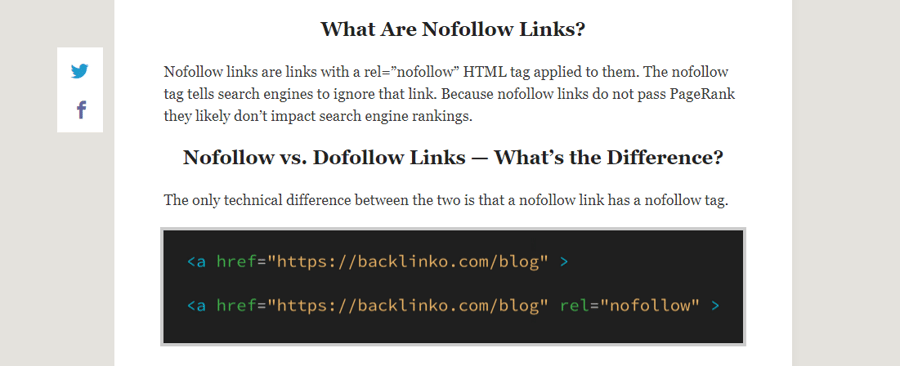
Nofollow is an HTML attribute value that prevents a hyperlink from influencing the link’s target ranking in the search engine’s index. It can reduce the overall effectiveness of certain kinds of search engine spam, thereby considerably improving the quality of search engine results. You can click on, copy and use a nofollow link like any other link on the site. So, as a user, it’s difficult to tell the difference between a nofollow and a dofollow link.
The only technical difference is that the nofollow link has a nofollow tag. However, in terms of search engine optimization, the difference is massive - dofollow links help your search engine rankings while nofollow links do not. 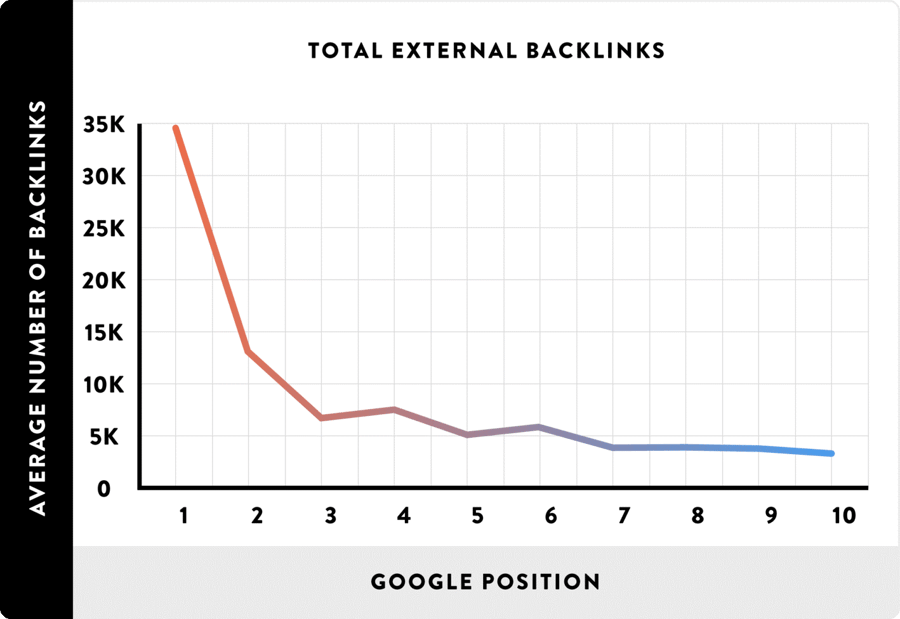
Google uses links as a key ranking signal, as mentioned previously. However, only dofollow links are counted in their algorithm. According to Google, nofollow links do not pass PageRank (a metric to calculate link points).

If the link doesn’t send “link juice” or PageRank your way, it won’t impact your Google rankings whatsoever. When it comes to link building, it is advisable to get dofollow links whenever possible.
What Are The Recent Changes Introduced By Google To The Nofollow Tag?
Google wants to take back the link graph. Previously, huge portions of web sites applied nofollow across the entire site in order to prevent being penalized. Link graphs naturally were rendered less useful for Google. Do you think curated links from trusted website contributors not count? If Google were to understand the web better, they had to change the way they consider nofollow links. As such, Google has recently announced two new link attributes that offer additional ways for them to identify the nature of specific links.
These are:
- rel=”sponsored” - You can use this particular attribute to identify the links in your site that were initially created as part of various compensation agreements, such as sponsorships or advertisements. This would include affiliate links.
- rel=”ugc” - This attribute is for links that fall under user-generated content such as forum posts and comments. If UGC is, however, created by a trusted contributor, this won’t be necessary at all.
- rel=”nofollow” - A catchall for all nofollow links. If you are keen on linking to a page without having to imply any kind of endorsement whatsoever, you can use this attribute. It won’t be used for crawling, ranking or indexing purposes. This includes passing along ranking credit.
Each of these three attributes from now onwards will not be ignored, as was the case previously. They will be treated as hints about which links to exclude as ranking signals. Now, Google can incorporate these signals into their algorithms. Although there has been a lot of debate surrounding this drastic decision, this will be a positive step for deserving content creators. Although, for most sites, it doesn’t look like much will change. Instead, a broader swath of the link graph does open up to better potential ranking influence.
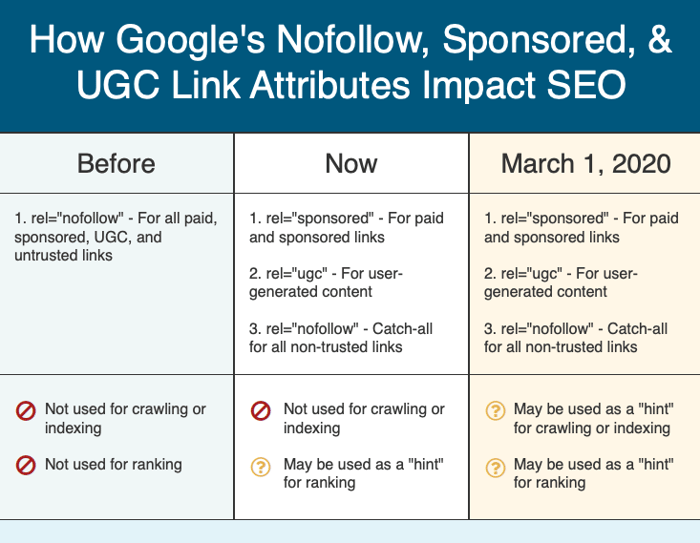
Here’s the most important things you need to know about these changes:
- While Google continues to ignore nofollow links for crawling and indexing, this will change will be put into effect March 1st, 2020.
- The real attributes in combination with each other are just as valid, for example rel=”nofollow sponsored ugc” will be valid.
- It is mandatory for paid links to either use the sponsored or nofollow attribute (in combination or alone). If you simply use ugc, you can be strictly penalized.
- Publishers are not bound to do anything, as Google offers no punishment for refusing to change. However, publishers using nofollow to address crawling may need to rethink their strategy.
Are These Changes Important To Your Link Building Strategy?
This is what Google has to say about nofollow links:

Of course, this is implying that they do follow them in some cases.
Links play an important role in establishing your presence on the internet. They quantify how trusted and known your site is. It’s a little victory every time another site links to yours. And, while sometimes you may find traffic directed to your site by the nofollow link, it can actually affect your link building strategy in a number of ways. For a long time, SEO professionals generally believed nofollow links worked like this:
- Not used for crawling/indexing purposes
- Not used for ranking.
There’s been a lot of speculation around this and Google has been vastly opaque. Anecdotal evidence and experimental data, however, suggest that Google will consider nofollow links as a potential ranking signal.
Regardless Of The Link Attribute, Traffic Is Traffic
Your link building strategies are aimed at creating opportunities for people to discover your website and enhance online engagement, join your audience and convert into sales. From this perspective, it barely matters what’s in the rel attribute. Links will only lead to more links which will, in turn, enhance your rankings. An original nofollow link (especially if it’s posted on a high traffic site) can easily be linked to other sites as a dofollow link.
Links translate into more traffic, more traffic implies more engagement and engagement maximizes profit. It doesn’t make sense to discount the potential value of referral traffic from a nofollow link when it’s on the right platform. For instance, a citation link from a Wikipedia article will be a nofollow link but Wikipedia, after all, is one of the first clicks for many people looking up any given topic. Even though it doesn’t directly produce the link juice, it can generate a considerable amount of interest in your site and that’s what matters.
Here's a great example of a nofollow link still being beneficial in the long run. Brian Dean, founder of Backlinko posted this:
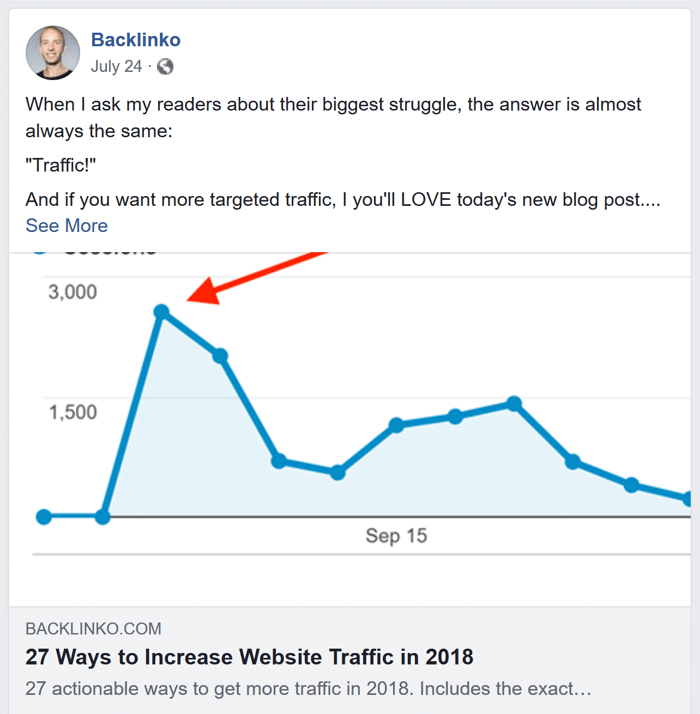
This has a nofollow link to his site:

And the link sent him 2,745 visitors:
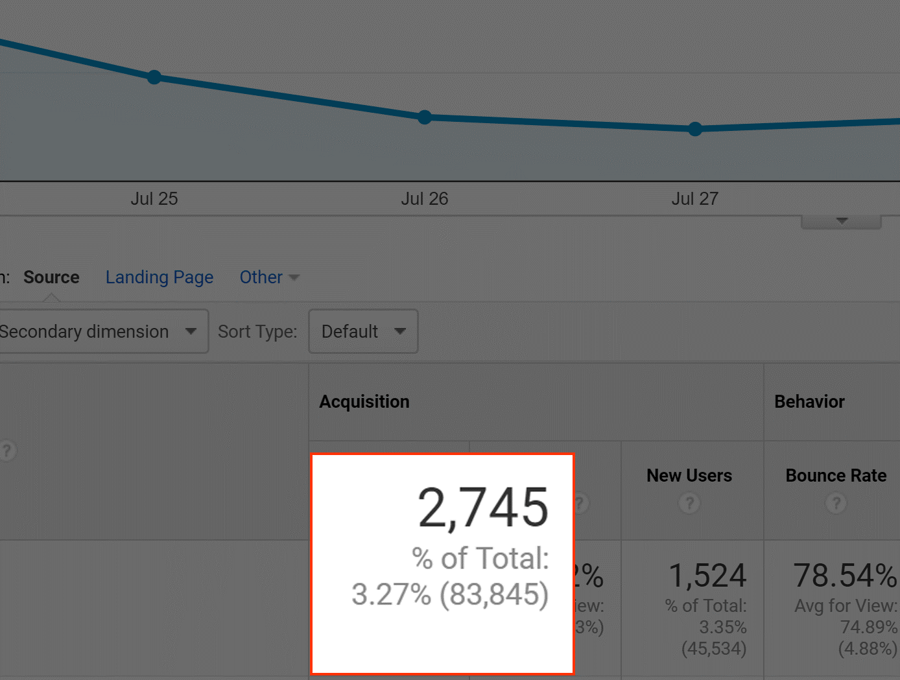
The Link Juice Must Flow
In theory, if you’re looking at a nofollow link, search engines are automatically looking at the rel attribute and turning a blind eye. But in reality, search engines operate at a much more complex level. When the host site is especially authoritative, the overall placement and frequency of nofollow links factor greatly into search engines’ page ranking calculations.
Since Google reserves the right to penalize any website that is trying a little too blatantly to game the system, judicious and intelligible use of the nofollow attribute will assure Google that there is no need to penalize your page rank score.
Authority Over Everything Else
Like Domain and Page Authority, metrics do not directly affect how major search engines like Google rank your website in their search result pages. Various directories, listing services, and advertisers, however, may find them useful. Nofollow links are included with the rest of your backlinks when such metrics are calculated. If you have a lot of nofollow links, your website’s authority and by extension metrics can ultimately be heightened, which will lead to more traffic and business opportunities.
Additionally, when it comes to selling backlinks, a high Alexa Rank is a strong sales point. The people engaging with your site couldn’t care less about the kind of links, all they are looking for is quality content.
Below are screenshots of Monitor Backlinks, which displays Alexa Rank and other SEO related rankings. The backlinks affecting these include nofollow links.
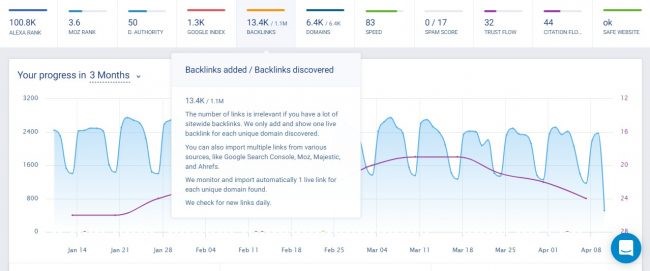
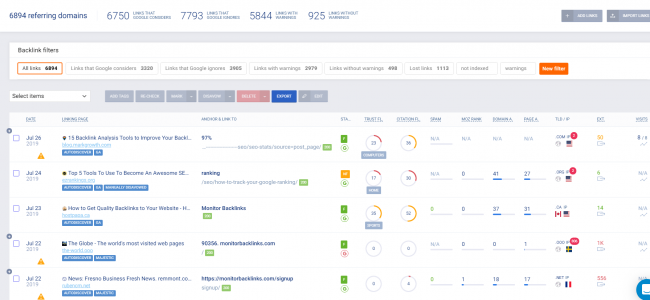
Takeaway
There is no need to alter any existing nofollow links. SEO professionals and site owners do not have to change how they use this attribute to flag links pertaining to sponsorship and ads, as Google will honor nofollow attributes that are already in place. Nofollow links, however, should find a place in your online marketing strategy.
Links ultimately contain valuable information that can help Google improve search and also help them understand unnatural linking patterns. By shifting to a hint model, they won’t lose this valuable information while allowing site owners to indicate that some links cannot be treated as a first-party endorsement. Since there is actual SEO value from a nofollow link, you should use this knowledge to your advantage. You can always start by actively seeking out relevant websites where you can purchase a sitewide link to tag it with the unfollow attribute.


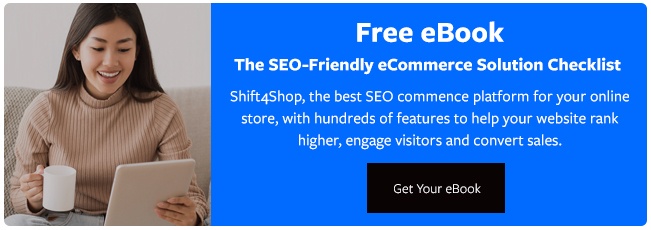


Leave a reply or comment below